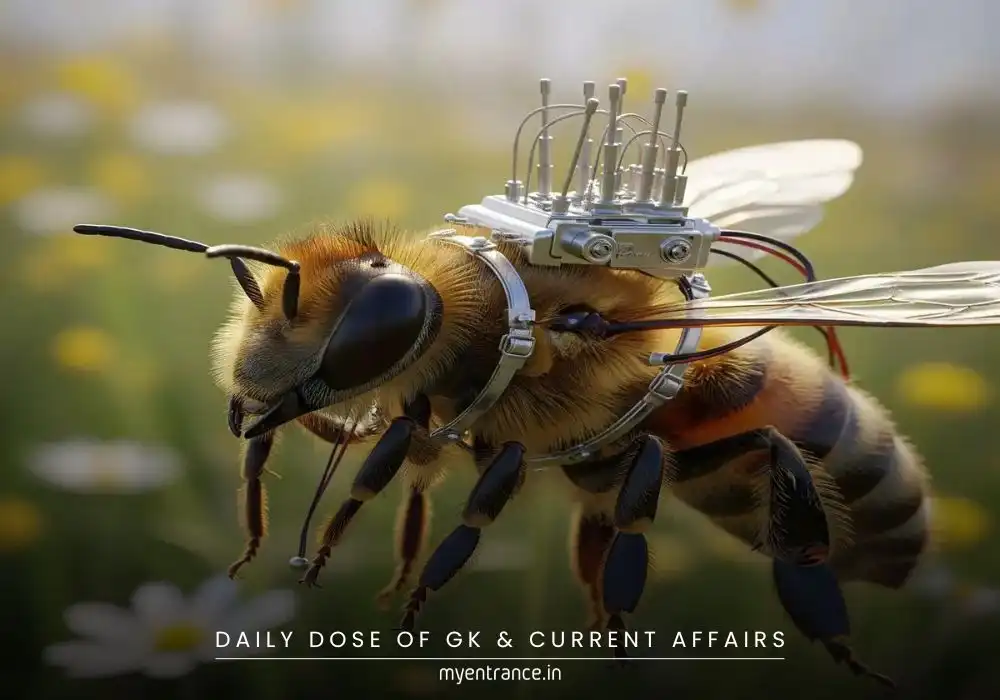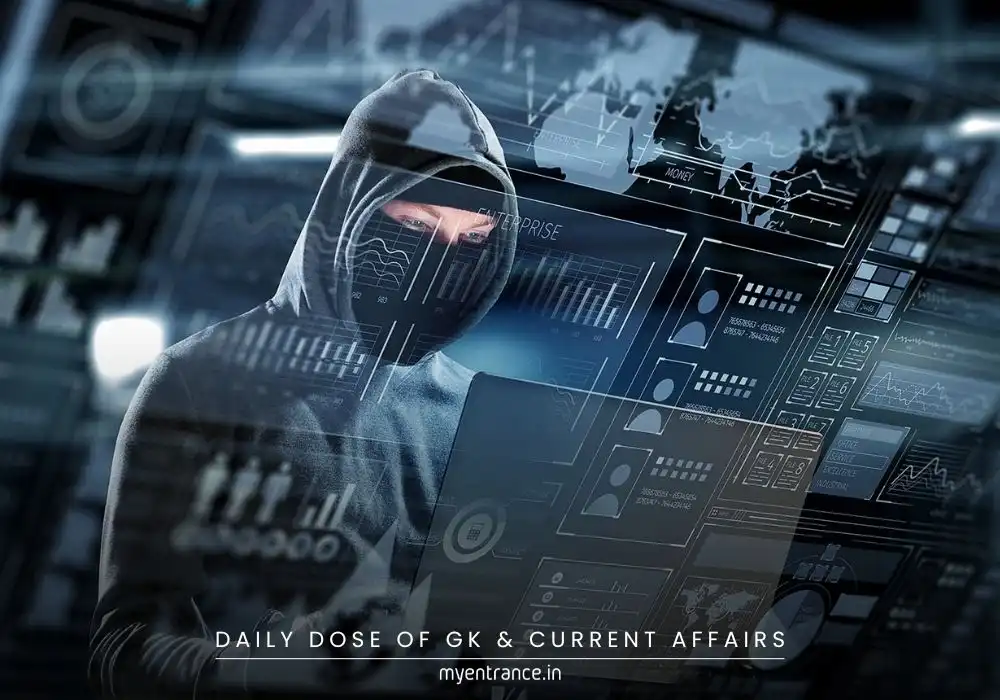Translate Language
Chinese Scientists Testing a Mind-Control Device on a Bee For Guided Flight Missions
In a groundbreaking innovation, researchers at the Beijing Institute of Technology have created the lightest brain-control device ever—weighing just 74 milligrams—to manipulate bee movements. This tiny yet powerful technology could redefine military strategy, counterterrorism, and disaster response by turning bees into remote-controlled cyborgs.

How Does the Mind-Control Device Work?
The device, strapped to a bee’s back, uses three ultra-thin needles to send electrical signals directly into its brain. These signals trick the bee into thinking it’s moving naturally, allowing scientists to steer it left, right, forward, or backward with 90% accuracy in tests.
Key features:
Ultra-lightweight (74 mg) – Won’t hinder the bee’s flight.
Precision control – Mimics natural movement illusions.
Long operational life – Outperforms small drones in endurance.
Led by Professor Zhao Jieliang, the team believes these cyborg bees can navigate tight spaces better than robots, making them ideal for high-risk missions.
Military and Emergency Applications
Why use bees instead of drones? Simple: they’re stealthier, more agile, and energy-efficient. Potential uses include:
Covert surveillance in urban warfare or counterterrorism.
Search-and-rescue in collapsed buildings post-disaster.
Drug detection in hard-to-access areas.
This technology builds on earlier experiments in Singapore involving beetles and cockroaches—but China’s version is three times lighter, marking a major leap forward.
Sample Questions & Answers for Competitive Exams
Q: What is the weight of China’s newly developed bee mind-control device?
A: 74 milligrams.
Q: Which institute developed the world’s lightest brain controller for bees?
A: Beijing Institute of Technology.
Q: How do the electrical signals manipulate a bee’s flight?
A: By creating illusions that mimic natural movement.
Q: Name two potential applications of cyborg bees.
A: Military surveillance and disaster rescue operations.
Q: How does China’s device compare to earlier models from Singapore?
A: It’s three times lighter.
Why Is This Important for Current Affairs & GK?
Technological Advancement: Highlights China’s progress in bio-robotics, a hot topic in competitive exams (UPSC/SSC/PSC).
Defense & Security: Could reshape modern warfare tactics—relevant for GS Paper III (UPSC).
Ethical Debates: Raises questions about the use of living organisms in tech, a potential essay topic.
Stay updated with such innovations—they’re prime material for GK sections and interview discussions in exams like UPSC, KAS, and NID/NIFT!
Get 3 Months Free Access for SSC, PSC, NIFT & NID
Boost your exam prep!
Use offer code WELCOME28 to get 3 months free subscription. Start preparing today!















